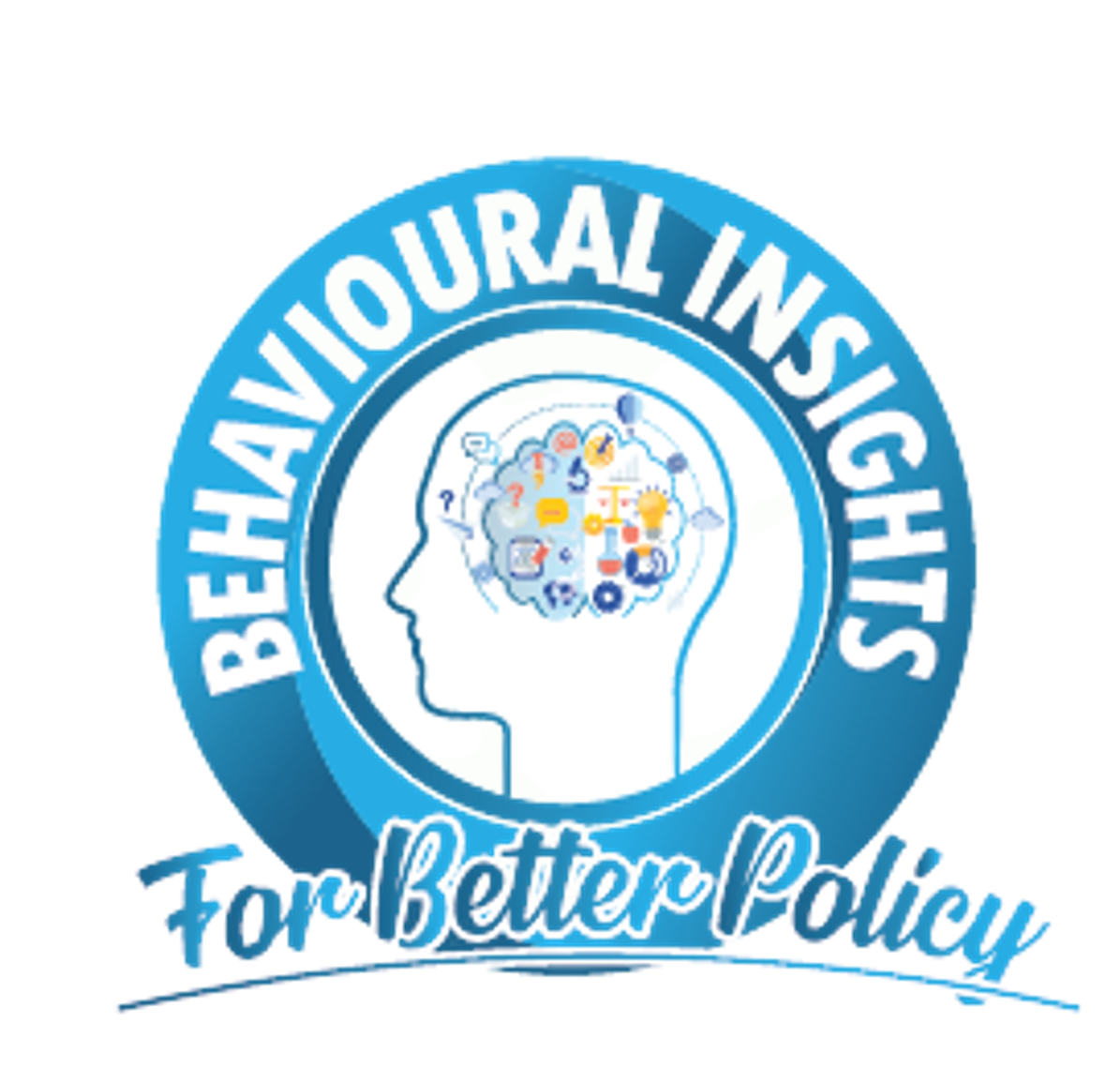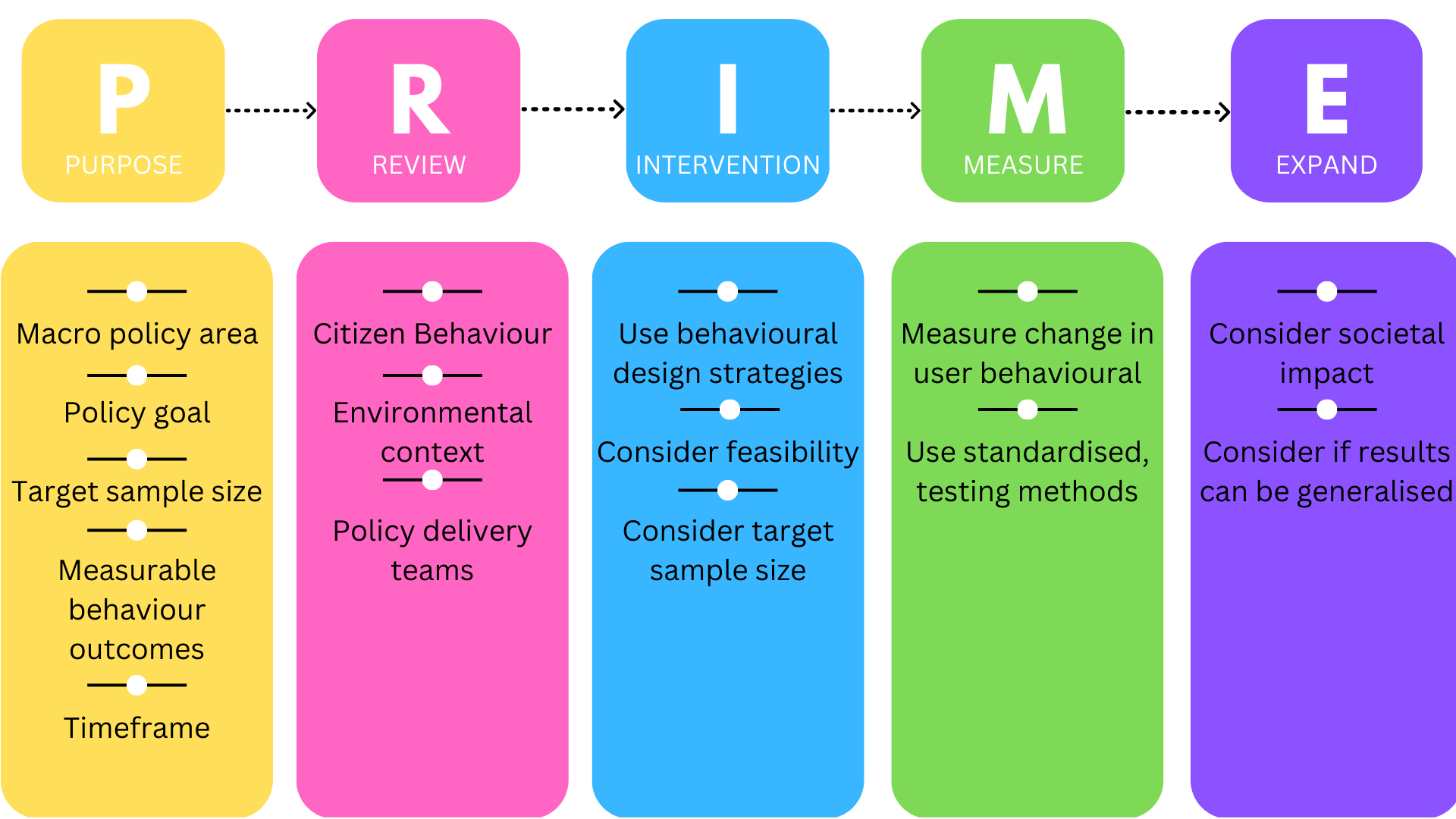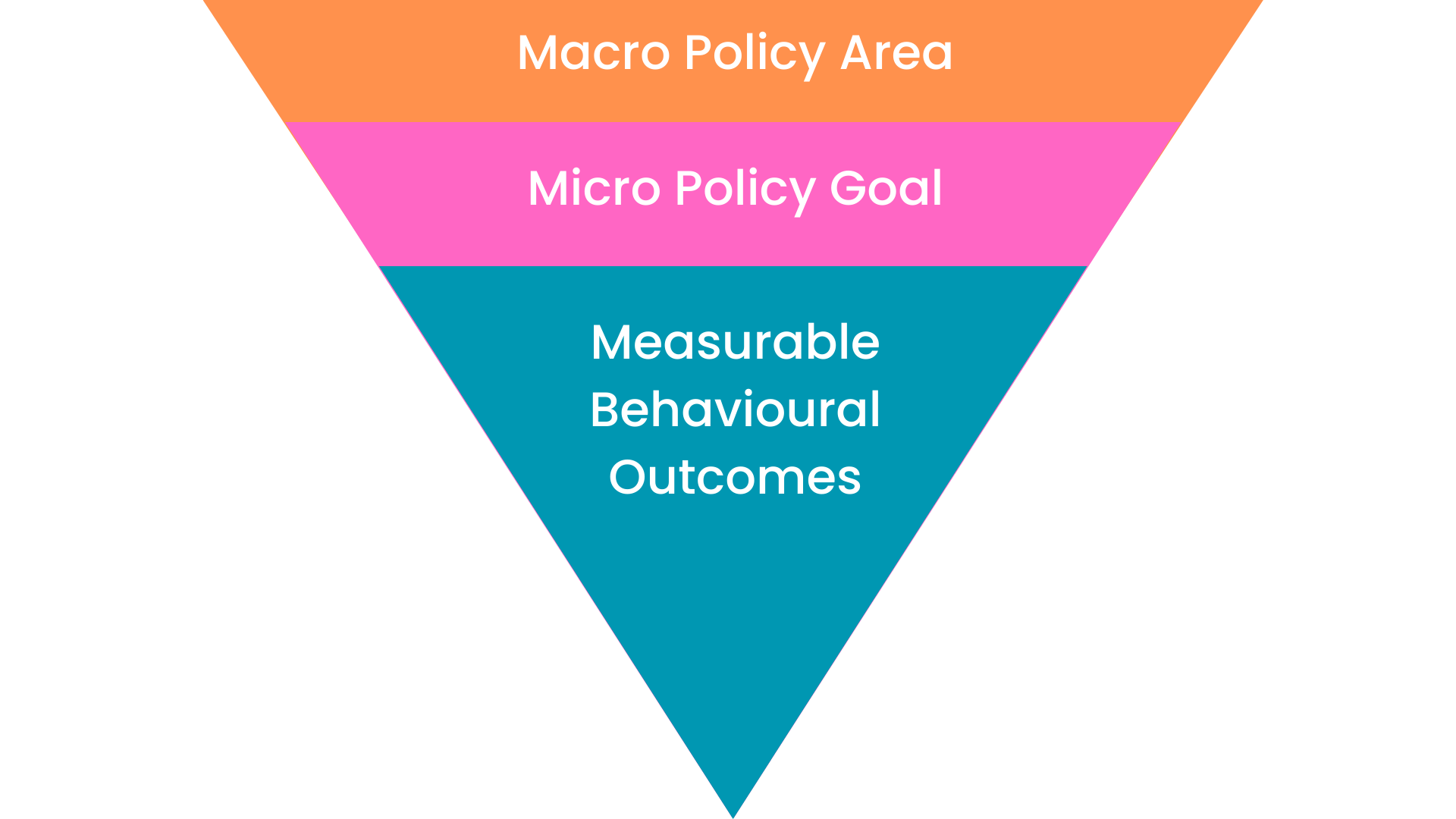BEHAVIOURAL INSIGHTS IN MALAYSIA
BEHAVIOURAL INSIGHTS

In the Twelfth Malaysia Plan 2021-2025, the BI approach will be adopted as a complementary tool to enhance the Government’s services to the rakyat. BI will be used to design and implement policies to guide the rakyat towards making better decisions. The application of BI in the public sector will be introduced in the Twelfth Malaysia 2021-2025 Plan through several initiatives by the Malaysia Productivity Corporation. Twelfth Malaysia Plan 2021 - 2025
What is Behavioural Insights?
Behavioural Insights is a policy tool that combines insights from psychology, cognitive science and social science to improve how people make choices for their own wellbeing. BI has been used for over a decade in public policy applications, with the U.K. government being the first to establish a Behavioural Insights Team (BIT) in 2010. The MPC has been given the responsibility by the Government to introduce and implement Behavioural Insights (BI) in Malaysia since 2020, as the Government is keen to embed BI in designing public policy to achieve better quality and effective regulation.
PRIME
Since 2020, MPC hac conducted various initiatives aimed at spreading knowledge aimed at spreading knowledge and enhancing the understanding of Behavioural Insights approaches in government. By understanding how and under what circumstances Behavioural Insights can be applied to nudge behaviour change, policymakers are more likely to design and deliver effective policies.
MPC has come up with a simple framework as a reference for the application of Behavioural Insights. The PRIME Framework equips the policymaker with a simple process, design strategies and methods for conducting Behavioural Insights projects. The PRIME Framework outlines how behaviourally-informed public policy can be applied in a practical way. The five processes guide the implementation of Behavioural Insights to any policy issue based on the PRIME acronym. They stand for:
- PURPOSE : Outline the purpose of the policy goal and target respondents to identify important behavioural issues;
- REVIEW : Review the behaviour gap and its context;
- INTERVENTION : Design an intervention using strategies that are the most effective in achieving desired policy outcomes;
- MEASURE : Measure the results to track the effectiveness of the intervention and demonstrate that it led to behaviour change; and
- EXPAND : Roll out the experiment to the wider public body.

1. DEFINE THE PURPOSE OF THE INTERVENTION
Effective behavioural interventions begin with a strong understanding of the broad policy goals. Macro policy areas such as health, energy or education should be identified and matched to specific policy goals which are then disaggregated into measurable behavioural outcomes (MBO).
MBOs are the guiding principles of any behavioural intervention. To outline the purpose of an intervention, it is useful to ask:
• What is the desired behavioural change that this intervention aims to influence?
• Is there a way that this behaviour can be measured reliably?
• How do behavioural outcomes relate to the specific policy goals and broader policy areas?

VIDEO
Pengenalan BI
Aplikasi BI
Pendekatan BI dalam Polisi Awam
Implementing a Behavioural Insights Project In Malaysia
Industry 4.0 Behavioural Insights
National Conference on Behavioural Insights 2022





